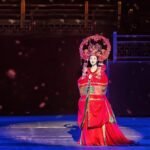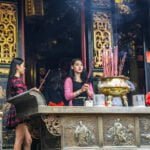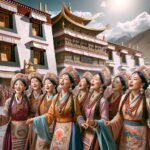An Overview of the Monpa Community
The Monpa people, (མོན་པ་) the primary residents of Medog County in Nyingchi, Tibet, possess a rich cultural tapestry and a distinctive way of life. Speaking their own language, which falls under the Tibeto-Burman language family but lacks a written form, the Monpa have developed a complex dialect system. Despite this linguistic diversity, Tibetan is widely spoken and serves as the standard written language. Agriculture forms the backbone of their economy, supplemented by animal husbandry, forestry, and hunting. The Monpa are also skilled in crafting stone pots, wooden bowls, and bamboo and rattan items.
Their diet mainly consists of rice, corn, buckwheat, and millet, with a pronounced preference for alcoholic beverages and snuff. Monogamous marriages are the norm, and while Tibetan Buddhism is the predominant religion, Bon practices are observed in some areas. Funeral rites vary, including water, earth, sky, and cremation burials. The Monpa are known for their love of singing and dancing, and they boast a rich collection of folk literature.
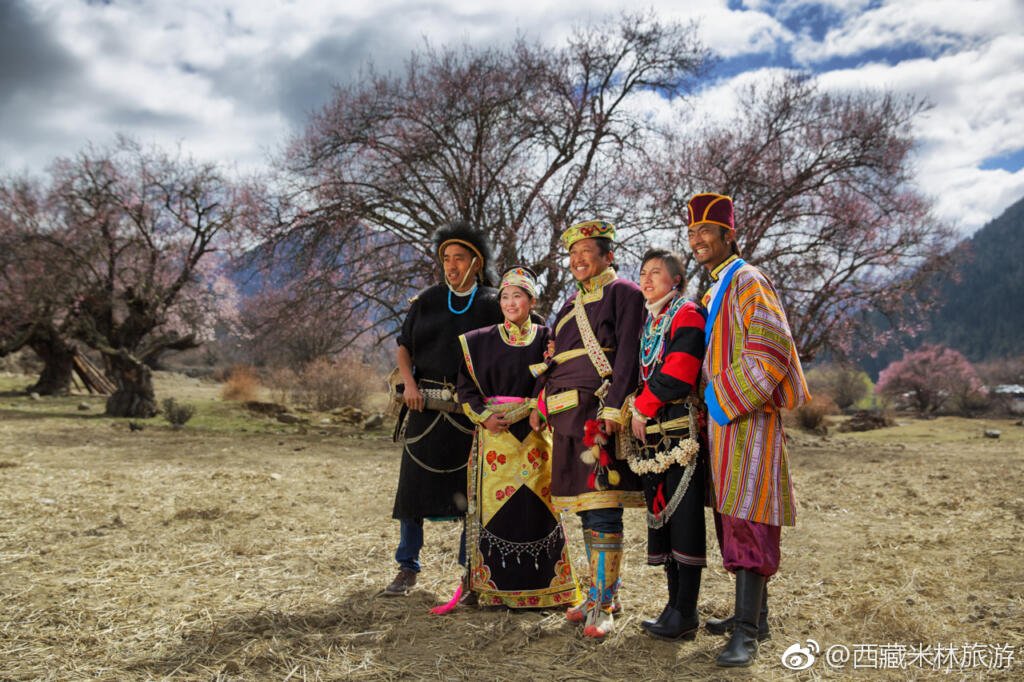

Traditional Monpa Attire
Men’s Wear
Monpa men traditionally wear shirts and trousers, with religious men donning long “Chuba” (robes) and laymen opting for shorter versions. It’s customary for men to carry a “Choktam” (large machete) and a “Kachi” (smaller knife shaped like a willow leaf) at their waist, along with a “Gau” (amulet) around their neck. These amulets, filled with scriptures or Tibetan incense, serve as protective charms. Some also carry a flint striker for fire-making.
Women’s Dress
Monpa women wear brightly colored shirts, often white to symbolize the protective nature of their white deities, and striped skirts. Some wear skirts over trousers, while others wear a “Gosho” (a piece of fabric with a hole cut in the middle to wear over the head). Their waistbands, “Chawa,” made of silver or copper, are adorned with five rectangular decorations and often accompanied by a comb and a “Kachi.” Necklaces vary in value, featuring pearls, agates, and turquoise, commonly worn with braided hair tied with red and blue ribbons.
Both men and women accessorize with bracelets and earrings, showcasing the intricate detail and deep cultural significance embedded in Monpa fashion.
Preserving Monpa Heritage
The Monpa’s traditional way of life, with its unique language, rich agricultural practices, and vibrant cultural expressions through attire, religion, and folklore, presents a fascinating aspect of Tibet’s cultural mosaic. As modernization encroaches on traditional lifestyles, the preservation of Monpa culture remains vital for maintaining the diversity and richness of Tibet’s heritage, offering insights into the harmonious coexistence of humanity with nature.
The Unique Living Spaces of the Monpa People
Traditional Architecture
The traditional homes of the Monpa people, primarily found in Medog County, Nyingchi, Tibet, showcase a stilted structure known as “dry-column.” These houses typically stand 1 to 1.5 meters above the ground, with the space beneath used for keeping livestock and storing firewood. The majority of these homes feature wooden walls, although a few of the less affluent households might use bamboo strips. Roofs are gabled, covered with materials ranging from banana leaves and thatch to wooden planks and bamboo slats, secured with battens or stones. The square-shaped houses often feature a sunning deck and wooden stairs leading up to it.
Interior Division: Living Quarters
The interior space is generally divided into three main areas. The central living area is spacious and bright, equipped with a hearth for cooking, dining, warming up, and hosting guests. It also serves as the sleeping area for the family.
Guest and Storage Rooms
To the right of the main room, there are two small rooms—one larger than the other. The larger room, known as the “Raose,” is designated for guests, while the smaller “Zai” serves as a storeroom for valuables and clothing.
The Distillery
On the left side of the entrance is the distillery area, referred to as “Guogan.” The house typically includes two sliding wooden doors, often made of small wooden sticks or woven bamboo. Oriented predominantly towards the east, Monpa doors allow the morning sun to fill the home, symbolizing good fortune and well-being.
Granary and Community Layout
A short distance from the living quarters stands the granary, elevated about 2 meters off the ground on sturdy, rot-resistant pillars, which are sometimes capped with round wooden discs to deter rodents and moisture. Inside, wooden partitions create separate storage sections for rice, barley, corn, and other crops.
In Medog, villages lack formal streets or courtyards, reflecting the community’s simplicity and genuine nature. The Monpa’s trust and open-heartedness are so profound that they’re known as the “Nation that Never Locks Doors,” epitomizing a society where people live with doors unshut and belongings unguarded.
Preserving Monpa Culture
The architectural and societal practices of the Monpa people not only reflect their harmonious relationship with nature but also their rich cultural heritage. As modernity encroaches upon traditional ways of life, preserving these unique living spaces and the values they embody is crucial for maintaining the cultural identity and heritage of the Monpa people in Tibet.
Monpa Lifestyle: Sleeping Customs and Culinary Traditions
Simplistic Sleeping Arrangements
The Monpa people, known for their simplicity and close connection to nature, have unique sleeping habits. Unlike many cultures, Monpa households typically do not use beds or bedding. Instead, they sleep directly on the floor, laying on hard mats made from bamboo strips or banana leaves. Their covering consists of coarse Tibetan blankets or quilts, and it’s not uncommon for some to sleep fully clothed, seldom practicing the custom of undressing for bed.
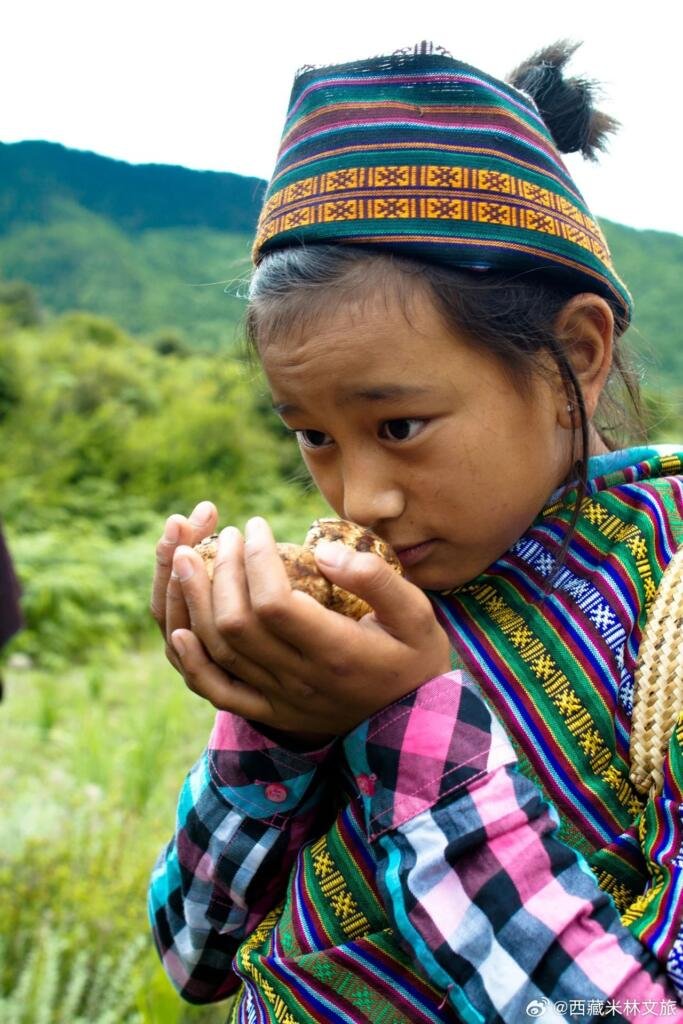

The Monpa Diet: A Blend of Simplicity and Flavor
Staple Foods
Corn is the primary staple in the Monpa diet, followed by rice and “Mangja” (millet), with smaller quantities of buckwheat, wheat, and barley. Their meals often feature chili peppers for added spice.
Corn and Mangja Preparations
Corn is consumed either ground into cakes or porridge or roasted, flattened, and mixed with cheese as a snack. Mangja is similarly versatile, prepared either as flour for cakes or porridge or roasted, ground, and made into Tsampa (roasted barley flour). Rice is commonly cooked into plain rice or porridge. Monpa cuisine is characterized by its minimal use of cooking oil and a preference for stewing meat and vegetables in broth.
Unique Meat Practices
A peculiar practice among the Monpa is not consuming livestock on the day of slaughter, believing immediate consumption invites spirit possession. They also have a tradition of making sausages, not with minced meat but with blood, sometimes mixed with rice or Mangja, and seasoned with chili and Sichuan pepper. This type of sausage is considered a delicacy.
Fermented Soybean Sauce
Expertly fermenting soybeans to produce a distinctive, pungent sauce, known as “Metok Soy Sauce,” is another culinary skill of the Monpa, adding depth and flavor to their dishes.

Travel Tips: Discovering Monpa’s Stone Pot
The Origin of Medog Stone Pot
Bangxin Township is famed for being the birthplace of the Medog stone pot, crafted from rare natural soapstone, known for its soft texture. The pots, primarily in shades of brown and gray, are barrel-shaped, with thicknesses ranging from 2 to 3 centimeters and varying sizes. Their design accommodates a range of cooking needs, from large community meals to individual servings, with both flat and curved bottoms available.
Unique Characteristics
Medog stone pots, capable of withstanding temperatures up to 2000°C, earn praise for their heat conductivity, non-stick surface, and durability. The rich flavors and lingering taste of foods cooked in these pots offer therapeutic benefits for individuals with hypertension, heart disease, and other ailments. Moreover, these pots serve as excellent cookware for hot pots, soups, rice, stews, and vegetables.
Containing essential minerals such as zinc, iron, calcium, and magnesium, the pots enhance the health benefits of the food cooked in them over time. Recognized as part of Tibet’s intangible cultural heritage, the craft of making Medog stone pots preserves this ancient culinary tradition for future generations.
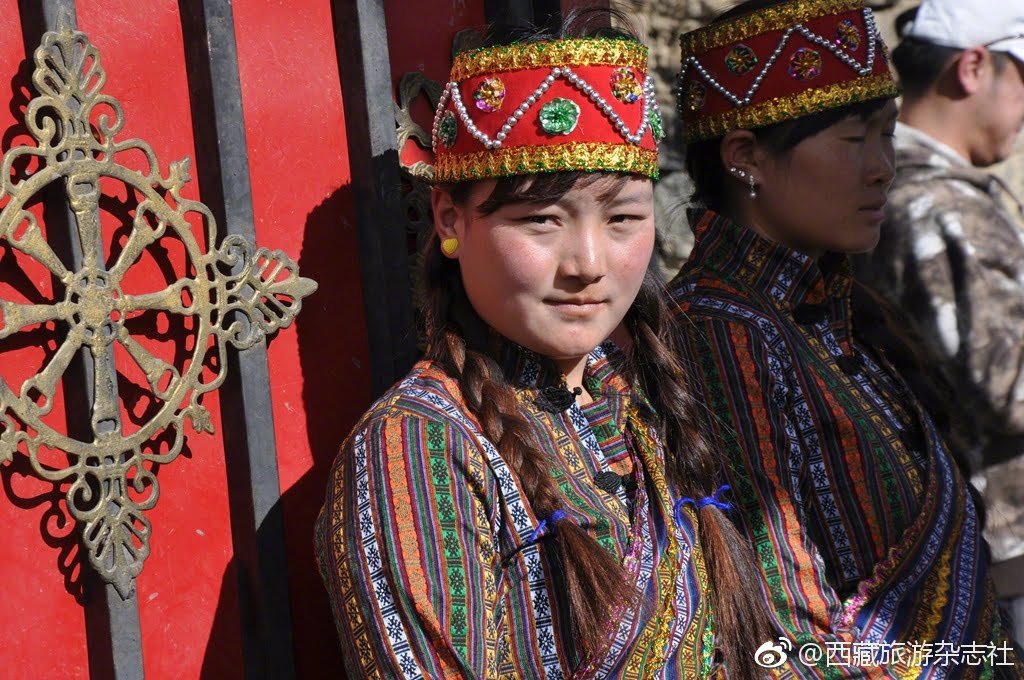
The Monpa People’s Passion for Alcohol
A Cultural Affinity for Spirits
The Monpa people harbor a unique fervor for alcohol, a sentiment deeply ingrained in their culture. In every household, from the largest cauldrons to the smallest gourds, one can find alcohol in various stages of fermentation. For the Monpa, drinking alcohol is as natural and essential as drinking water, irrespective of age or gender.
Types of Monpa Alcohol
Yellow Wine and White Spirits
The Monpa produce two primary types of alcohol: yellow wine and white spirits, primarily fermented from corn and “Mangja” (millet). Yellow wine, which workers extract directly from the fermenting mash with water or warm water, boasts a potency similar to beer and offers spleen-fortifying and thirst-quenching benefits. In contrast, distillers produce white spirits with a higher alcohol content. Moreover, the process also involves fermenting rice into a sweet, alcoholic porridge, which then undergoes brewing into rice wine.
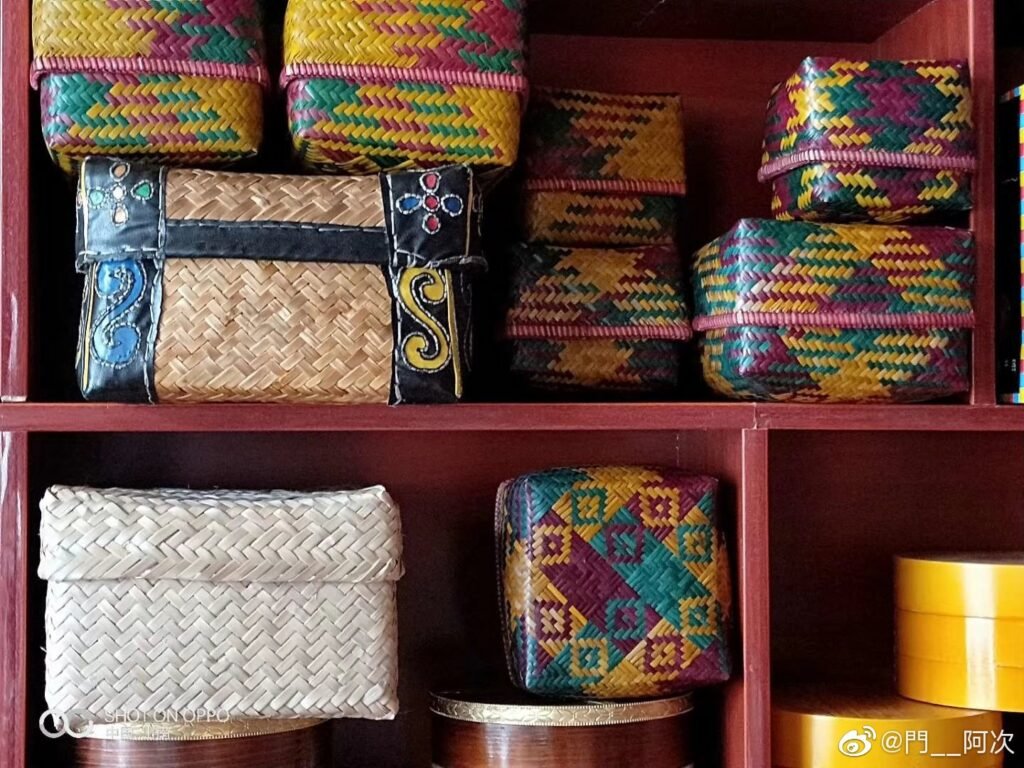
Hospitality and Rituals: Alcohol as a Necessity
When guests arrive, the Monpa demonstrate their hospitality by offering their finest brews. Men drink alongside their guests, while women have the responsibility of pouring the alcohol. In this ritual, the hostess keeps filling the guest’s cup until they have consumed a full ladle of wine. For distinguished guests, wealthier families might add eggs, butter, and milk powder to the white spirits, showing respect and honor. The host celebrates a guest’s inebriation, seeing it as a sign of respect for the host.
The Monpa attribute their fondness for alcohol partly to Medog’s humid climate, believing that regular drinking prevents rheumatism, eases muscle stiffness, and reduces fatigue. Hence, among the Monpa, there’s a saying: “Life without alcohol does not exist.” This cultural tradition highlights alcohol’s role not merely as a drink but as a vital element of the Monpa lifestyle, reflecting their historical, social practices, and bond with nature.
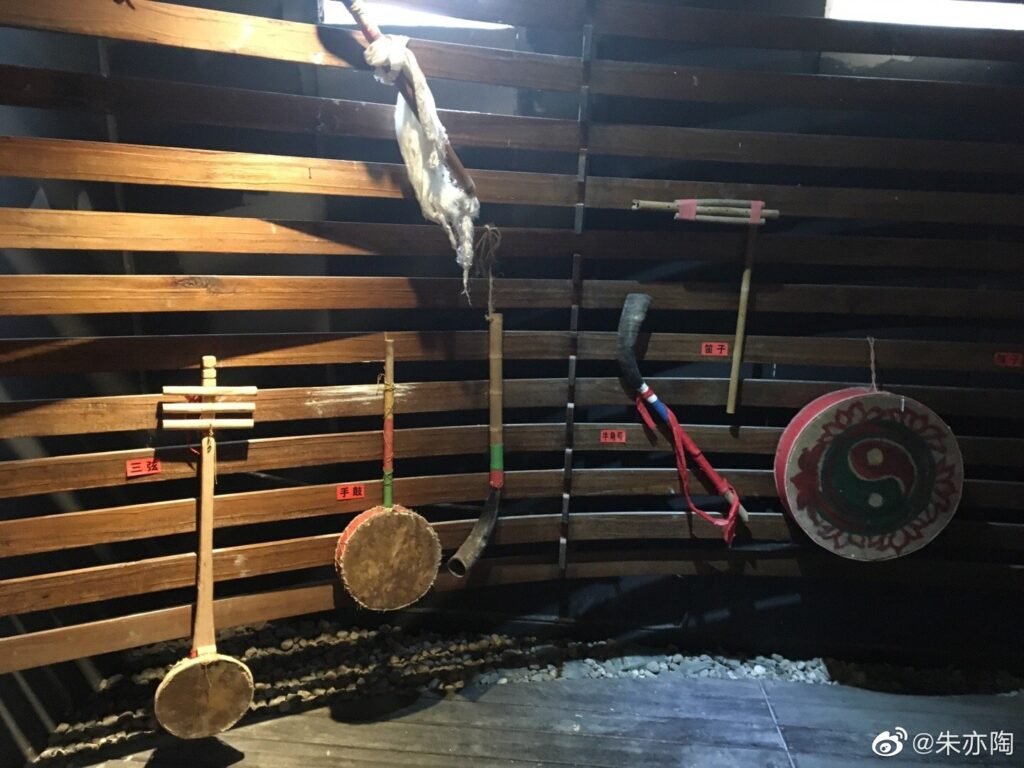
Monpa Marriage and Funeral Customs
Monpa Marriage: Love Beyond Boundaries
The Monpa people cherish a special fervor for freedom in love and marriage, transcending ethnic and socio-economic barriers. Their love song, translating to “No mountain can block the sun from rising; no power can stop love from flourishing,” mirrors this ethos of free and uninhibited love.
Marriages within the Monpa community are largely uninfluenced by wealth or status, with certain restrictions on marrying within one’s direct paternal lineage or maternal cousins. While marriages primarily occur within their own ethnic group, intermarriages with Tibetans, Lhobas, and others are also common. The practice of exchanging spouses among brothers and adopting the widow of a deceased brother reflects remnants of group marriage, including polyandry and polygamy. Additionally, men may marry into a woman’s family, inheriting property and enjoying equal rights, though arranged marriages by parents are still practiced.
Monpa Funerary Practices: A Blend of Rituals
The Monpa employ various burial methods, including inhumation, water burial, and cremation, with no practice of sky burial. “Gold burial” involves initially burying the body, exhuming it months or a year later for cremation, and then scattering the ashes in water, combining elements of earth, fire, and water burials. After death, mourners bind the body in a fetal position and keep it indoors for two to three days, setting up a memorial altar. They place offerings of cornmeal shaped into figures riding tigers before the deceased, along with food, clothes, protective amulets, jewelry, and white scarves. They invite Lamas to recite prayers and conduct the burial at auspicious times and directions they choose.
Mourners then discard the effigies outdoors and scatter small stones at crossroads to ward off spirits. They mark the burial site with a wooden plank covered with banana leaves and soil, and erect a bamboo fence around it to protect it from animals. The Monpa avoid designated graveyards and refrain from visiting the grave within three days to prevent spirit attachment. Designated carriers typically conduct water burials for leprosy victims, taking their bodies to the river.
Unique Customs and Etiquette
The Monpa community upholds unique customs: hosts do not dine with guests but sample the drink first to prove it’s safe. After slaughtering a cow, a piece of meat is shared with every household in the village as a gesture of goodwill. Places declared haunted by shamans are avoided. Elders bless travelers with soot for protection, and close friends offer alcohol for a safe journey. Before meals and tea, a bit is flicked away with a finger as an offering to spirits, and encountering someone carrying an empty basket or bucket during weddings is considered unlucky.
These practices not only highlight the Monpa’s rich cultural heritage but also their profound respect for tradition, community, and the natural environment.

Monpa Weaving and Religious Beliefs
Monpa Weaving: A Blend of Utility and Art
The Monpa people excel in creating a wide array of products from bamboo and rattan, ranging from everyday utensils and agricultural tools to intricate handicrafts. Among these, the “Bangqiong” (a flat, round bamboo box) is particularly renowned. Beyond bamboo, their prowess extends to rattan weaving, producing famous items like rattan carrying baskets and vine bridges. Another notable creation is the “Bazhu Baijie” rattan bag, which stands out for its intricate patterns and dual functionality as both a beautiful and practical craft.

Monpa Religion: A World Filled with Deities
The Monpa hold a pantheistic belief system, recognizing the presence of gods in the heavens, earth, mountains, and waters. The Monpa people regard even frogs, snakes, insects, ants, and peculiar trees or rocks as divine entities. They believe spirits pervade everything, and attribute all misfortunes and illnesses to these spirits’ displeasure. This belief system recognizes male shamans, “Denglongkan,” “Bawo,” and “Benbo,” who specialize in exorcising spirits. Additionally, female shamans, “Jumo” and “Bamo,” primarily focus on invoking gods.
Denglongkan: The Exorcist
The role of “Denglongkan,” translating to ghost exorcist, involves conducting rituals to banish spirits causing illness. This process typically includes sacrificing chickens or pigs to appease the spirits and persuade them to release the patient’s soul. A spider is symbolically used to represent the retrieval of the patient’s soul from the clutches of the spirit.
Bawo: The Hero Shaman
“Bawo,” meaning hero in Tibetan, performs rituals adorned with red headbands and beads, using drums as sacred instruments. The Bawo enters a trance-like state, invoking various deities to free the patient’s soul from its spiritual shackles. Boiling water rituals signify the expulsion of malevolent spirits from the patient’s body.
Benbo: The Cursed Shaman
“Benbo” shamans possess the ability to cast spells, with legends attributing them the power to cause death through curses. They conduct rituals involving the sacrifice of animals, offering cooked portions to spirits at haunted sites, pleading for the cessation of illnesses and the departure of malevolent presences.
Cultural Insights
Monpa’s unique weaving skills and complex religious beliefs highlight a culture deeply intertwined with its natural surroundings and spiritual world. Their craftsmanship in bamboo and rattan weaving not only serves practical purposes but also carries significant cultural and aesthetic value. Simultaneously, their religious practices reflect a profound connection to the spiritual realm, embodying their respect and reverence for the forces of nature and the unseen world.
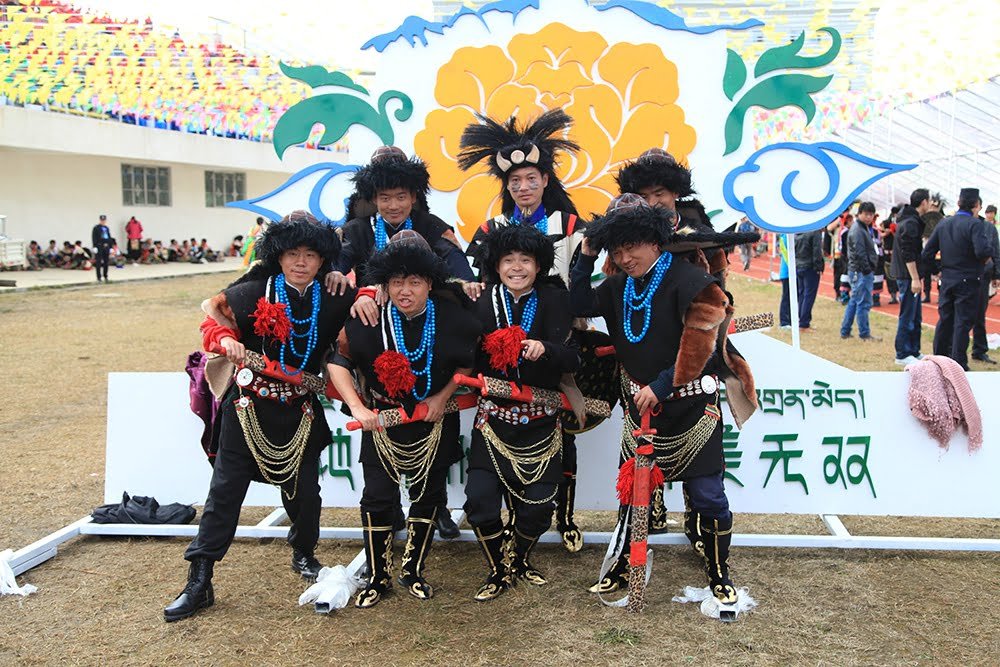
The Divine Women of Monpa Spirituality: Jomo and Bamo
Jomo: The Embodiment of Goddesses
The term “Jomo” refers to women who claim to be incarnations of goddesses, with legends speaking of nine sisters and a mother. During rituals, a Jomo adorns herself with a red cloth over her shoulders and a circular silver ornament, known as “Ronglam,” on her forehead. Bamboo mats cover the ceremony space, and on these, participants place nine bamboo boxes and nine small pots, filling them with rice, buckwheat, ginger, bananas, sugarcane, peaches, wildflowers, and more. They also display symbols of protection and power, including long knives, strands of beads, bows and arrows, and “Gaus” (Tibetan amulets) alongside these offerings.
In invoking the deities, the Jomo smears her face with her hands, trembling as she sings in elongated tones, “Amae…Raso…Raso…” This act, interspersed with self-directed questions and answers resembling trance-induced murmuring, symbolizes the ascent of her soul to the divine realm to seek the causes and cures of illnesses. With the assistance of the gods, she claims to retrieve and return the patient’s soul.
Bamo: The Female Valiant
“Bamo,” meaning “female hero” in Tibetan, are women who profess to be incarnations of the “Kan” deity. They belong to a group of five sisters, known as the “Kan De An,” representing five Kan deities: Doje Kan, Renqin Kan, Pama Kan, Lekhe Kan, and Kenda Kan. According to lore, they are the daughters of the main deity, Gendun Zangbu, with their mother named Ren Aijem.
During their rituals, Bamo wrap their heads in red and white cloth and wear fan-shaped paper hats. Food and ceremonial items adorn the altar. They tie colored threads—red, yellow, blue, white, and black, each symbolizing a Kan deity—to each of their fingers. They burn the threads, and uneven breaking indicates a deity’s anger, which they believe causes illness. To heal the patient, Bamo shake small drums and bells, trembling as they circle the room, inviting the Kan deities to a feast to restore the patient’s health.
Spiritual Practices and Healing
Both Jomo and Bamo play crucial roles in Monpa spiritual and healing practices, acting as mediators between the physical world and the divine. Their rituals, steeped in ancient traditions, not only aim to cure physical ailments but also seek to restore spiritual balance and harmony within the community. These practices highlight the profound spiritual depth and rich cultural heritage of the Monpa people, where women hold significant roles as conduits of divine wisdom and healing.
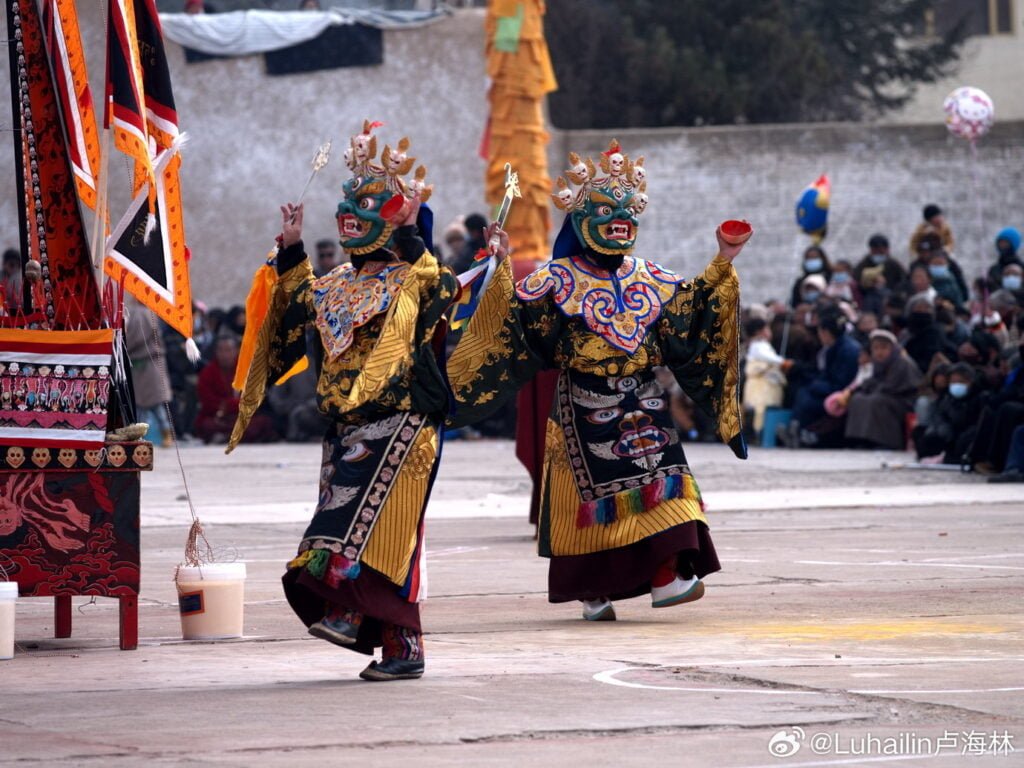
Monpa’s Cultural Expressions: Cham Dance, Ghost People Custom, and Monpa Drama
Monpa Cham Dance: A Vibrant Spiritual Performance
The Monpa community’s “Cham” (dance of the deities) is a vivid display of their rich religious heritage. These dances, often performed while wearing intricately carved wooden masks, fall into three main categories:
Animal-Inspired Cham
These performances include the “Ja Cham” (Bird Dance) for joy and fertility, the “Jiao Bao Cham” (Ox Dance) for agricultural prosperity, the “Pag Cham” (Pig Dance) for land worship, the “Ja Kyung Cham” (Giant Bird Dance) for auspiciousness, and the “Mai Rong Cham” (Dog Dance) expressing anger towards evil, showcasing a profound connection with nature and animal totems.
Ghostly Cham
The “Lie En Cham” involves 22 performers embodying characters like the King of Hell, White Fairy, Black Demon, Dead Ghost, and various animal spirits to depict the fantastical “Hell” scenery, deeply moving the audience.
Witchcraft Cham
This category includes the “Dong De Cham” with its slow, enchanting movements; the “Pan Cham” known for its intense, frenzied dance; the “Zhen Cham” (Knife Dance) symbolizing aggression; the “A Cham” (Drum Dance) with exaggerated, vibrant movements; and the “Pen Ren Cham,” noted for its graceful execution.
The Custom of “Ghost People”
The Monpa believe “Ghost People” perform harmful acts under the guise of humans. When illness strikes, it’s attributed to these malevolent spirits. Rituals involve scattering food around the “Ghost Person’s” house to appease the spirits. If the illness persists, further aggressive actions are taken to punish the offending spirits. “Ghost People” face social stigma, unable to marry outside their group or even share meals with others, leading to significant psychological distress. This perception has evolved, with “Ghost People” finding a renewed sense of identity post-liberation.
Monpa Drama: A Unique Theatrical Tradition
Originating over a century ago in the Menyu region, Monpa drama evolved from religious dances, influenced by Tibetan opera but distinct in its national style and local flavor. Initially, these performances served to thank the gods for harvests and ward off evil spirits, giving rise to “Ba Cham,” a collection of dances including those of birds, oxen, pigs, dogs, and mythical birds, as well as numerous deity dances.
Performed during religious festivals, starting from the 29th day of the 11th month of the Tibetan calendar, these dramas take place over three days without stages or backdrops, using traditional instruments like drums and horns for accompaniment. Before each performance, a ritual to worship the gods is conducted, with actors donning masks to embody various divine and ghostly figures.
Monpa’s Cham dance, the “Ghost People” custom, and Monpa drama collectively offer a window into the profound spiritual and cultural world of the Monpa people, celebrating their rich heritage and the intricate tapestry of beliefs that shape their community life.






